By Barby Ingle
I am a 50-year-old woman (about to be on 11/18) who has had Reflex Sympathetic Dystrophy for 20 years. The condition has changed names over the years, but this is what I call it, as it is what my providers diagnosed with me. As with many RSD cases it took my doctors quite some time to figure out the proper diagnosis, after I had an auto accident and additional medical traumas. Other names for the condition include Complex Regional Pain Syndrome, Algoneurodystrophy, Central Pain Syndrome, and Causalgia.
Interesting for me is that I have two other family members affected by this disease. Both of them had it before me, but being that we are all individuals it has affected us differently over time. In the end, we will all have finally turned to infusion therapy after trying many different treatments throughout our time living with RSD.
For me, as time went on I did a lot of research both as a patient who experiences the condition and as an expert from studying the condition. Oftentimes I have medical providers send patients to me to discuss their condition, options, and treatments and help guide them to the care that they may do better on and with which providers. I have helped thousands of patients with this disease get organized in their own care and it has helped me a lot. I have had the best providers helping me along the way, but also found many providers who were not able to help me.
I found iv-ketamine infusions through Dr. Robert Schwartzman, who passed away this past year. He was speaking about his research findings at a national pain conference and I was lucky enough to be there. It took me a few years to get in to see him and qualify for the infusions. Nowadays, it is a lot more readily available through places designed to help us like Ketamine Wellness Centers, across the country. Before his passing, Dr. Schwartzman had said this treatment is going to be the go to treatment in RSD. It is not the only treatment but it is a very good choice for the majority of us living with this condition.
In 2009 I did the various steps of preapproval, all of which were non-invasive, and some bloodwork before I could do the treatment. After getting the results and filling out the packet that Dr. Schwartzman gave me I sent it all in and was then able to schedule an infusion time to start the ketamine treatment. I also needed to see a nerve psychologist but was instructed that I had to see the one associated with Dr. Schwartzman’s office and so
I started the 7-day inpatient ketamine infusion on December 7, 2009.
I slept through the entire treatment. My sister and husband picked me up to bring me home and that began my quest to share this treatment with the world. I began booster therapy two weeks after I was released from the hospital and have been underling infusions ever since. Unless there is a cure that is created through research of the disease, this will remain my top treatment. I am able to get my booster treatments as needed throughout the state of Arizona.
A few years ago, I was able to undergo a pharmacogenomics (PGX) testing and found out that my body processes the ketamine medication slowly and my genetics are one reason that it is so effective for me. But I do everything I can to be sure it will continue to work for me including avoiding other medications that work on the same receptors, staying positive and productive, eating healthy and continuing care that makes sense for me. This PGX testing has also changed other mediations and helped me be on only what works for me.
I hope that you continue to find what works for you and that you research options like ketamine infusion. I live in hope that you are able to find what you are comfortable with as a form of treatment and that you are always willing to advocate for your own individualized care.
About the Author: Barby Ingle is a best-selling author and reality personality living with multiple rare and chronic diseases. Barby is a chronic pain educator, patient advocate, and president of the International Pain Foundation. She is also a motivational speaker and best-selling author on pain topics. Her blog, reality shows, and media appearances are used as a platform to help her become a HealthStar. She presents at healthcare conferences, speaking publicly, sharing her story, and educating and advocating for patients across the globe. She has received more than 25 awards for her advocacy efforts. Barby currently serves as the reigning Mrs. Southwest Petite USA. You can find more on Barby at www.barbyingle.com.





